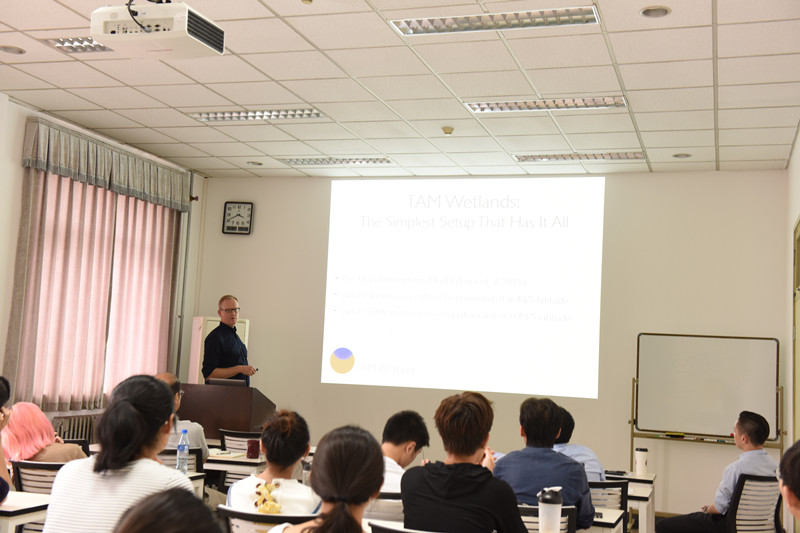Speaker:Jonathan L.Mitchell
Time:15:00-16:00, Tuesday,2018.9.18
Address:Physics North 539
Host:聂绩
Summary:
Saturn's largest moon, Titan, has an active weather cycle that transports methane throughout the globe, much like water here on Earth. Motivated by the extraordinary level of detail revealed during NASA's Cassini mission, our group has over the years developed a sequence of Titan climate simulations of increasing complexity. This approach is true to our philosophy of adding model complexity only as the observations demand it. For instance, the putative methane wetlands of Titan’s high latitude caps (Neish & Lorenz 2014) led us to restrict surface methane evaporation to high latitudes and impose surface infiltration at low latitudes in Titan Atmosphere Model (TAM; Lora et al. 2015) simulations. This so-called “TAM wetlands” simulation provides simulation provides a good fit to the seasonal distribution of observed clouds (Mitchell & Lora 2016), and reveals an important role for baroclinic storms in maintaining the hemispheric asymmetry in Titan’s surface liquids (Lora & Mitchell 2015). Our latest interests have centered on possible connections between the spatial distribution of observed geomorphological features and the distribution of intense rainfall in the TAM wetlands simulation. Of particular interest is the latitudinal distribution of alluvial fans, since presumably such features indicate areas where intense periods of rainfall have occurred in Titan's otherwise arid climate. The TAM wetlands simulation do indeed show interesting latitudinal and seasonal trends, which compare favorably with the observed alluvial fan distribution (Faulk et al. 2017). These model-observation comparisons motivate a model with even more realism that includes a treatment of surface hydrology, and I will outline how we are doing this.

